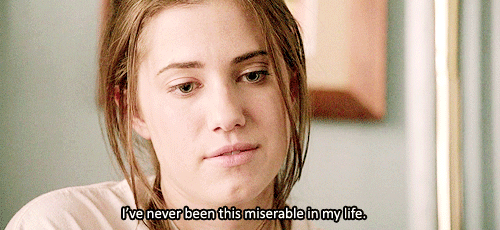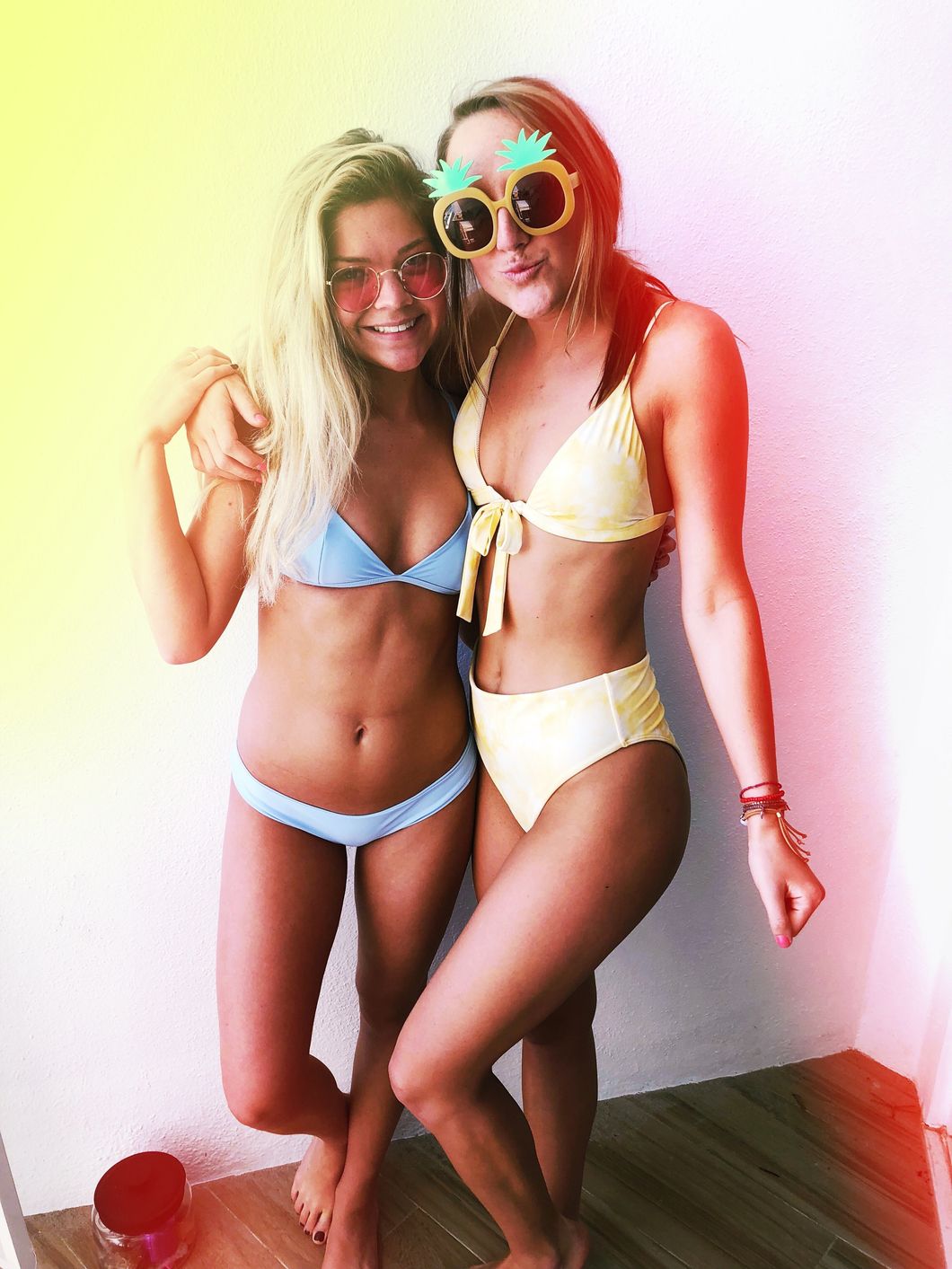When we aren't at work or school, or preoccupied with other activities, our downtime consists of scrolling through Instagram and Tumblr. These visual social media accounts have allowed certain styles and aesthetics to slowly creep up and make waves in the fashion world. As a self-described fashion junky, I can honestly tell you that I’m all about health goth, soft grunge, soft ghetto, vapor wave, cyber punk, sea punk, and most importantly, normcore. These subcultures exist in the mixes of memes and style on these platforms.
The rise of social media is not only changing how young people form their identities, but also how major fashion brands establish themselves. As a trend forecaster at WGSN, Lauretta Roberts, said, “Fashion used to be very really top down, it used to be whatever someone in Paris said it was, that’s what it was, and now it is kids on the street." The "kids on the street" Roberts is referring to are the click-happy, cyber-loving millennials. Millennials often care more about what their friends and peers are wearing and will replicate that instead of listening to high-end designers.
One can see this trickle-up theory come into play in Alexander Wang’s collaboration with H&M in his fall 2014 line. Clothes were inspired by health goth styles, which consist of clothes are as black as night and a style that would be described as "athleisure," meaning it looks like workout wear but it’s just for show (like the people who wear Lululemon pants but don’t actually practice yoga). Another example would be Louis Vuitton’s SS16 Ready to Wear line. It carries the themes of cyberpunk and sci-fi. Saint Laurent’s SS16 Ready to Wear line has grungy and feminine silhouettes and colors, and looks like something you would come across in a soft grunge blog on Tumblr.
What the millennial generation has is the power to capture, create and share content easily. As HighNobiety writer Nico Amarca stated, ”Unlike the pre-Millennial era, nowadays which people can create, share, and voice common interests (no matter how eccentric or niche), entirely free from the traditional constraints of location, demographic, or distance.” The content we create and reblog on Tumblr or like on Instagram does make on impact on style. High-end fashion designers, as well as fast fashion stores like H&M, Urban Outfitters, and American Apparel, are taking cues and inspiration from Internet subcultures.
More and more young people are replicating the aesthetics and styles curated and created on Instagram and Tumblr. However, with the influx and accessibility to content, the Internet generation has no true subculture. Alec Leach of HighsNobiety wrote, “It’s hard to imagine the youth of today has access to everything at once -- processing a whole kaleidoscope of music, fashion, and art simultaneously, unlimited by borders and languages.”
Generations prior to the Internet age had, by definition, true subculture: punks, skinheads, beat bop, and teddy boys. What these previous subcultures had was a certain attitude, uniform, music genre and a set politics that guided the subculture. Subcultures now are based on aesthetics, not politics and beliefs; the Internet generation is just a melting pot of past, present and future. The Internet has blurred and melted lines, and anything and everything can be used.
Overall, the future of fashion will rely on social media for insight into trends for youth. Who would think all those hours on Tumblr actually meant something?



















































